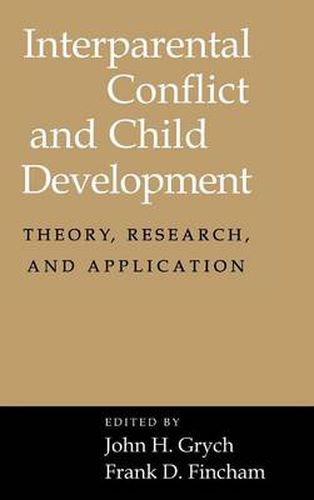Readings Newsletter
Become a Readings Member to make your shopping experience even easier.
Sign in or sign up for free!
You’re not far away from qualifying for FREE standard shipping within Australia
You’ve qualified for FREE standard shipping within Australia
The cart is loading…






Interparental Conflict and Child Development provides an in-depth analysis of the rapidly expanding body of research on the impact of interparental conflict on children. Emphasizing developmental and family systems perspectives, it investigates a range of important issues, including the processes by which exposure to conflict may lead to child maladjustment, the role of gender and ethnicity in understanding the effects of conflict, the influence of conflict on parent-child, sibling, and peer relations, family violence, and interparental conflict in divorced and step-families. It also addresses the implications of this research for prevention, clinical intervention, and public policy. Each chapter examines relevant conceptual and methodological questions, reviews on pertinent data, and identifies pathways for future research. Thus, the books serves both to describe the ‘state of the art’ of the field and to chart the course for continued investigation into the links between marital and child functioning.
$9.00 standard shipping within Australia
FREE standard shipping within Australia for orders over $100.00
Express & International shipping calculated at checkout
Interparental Conflict and Child Development provides an in-depth analysis of the rapidly expanding body of research on the impact of interparental conflict on children. Emphasizing developmental and family systems perspectives, it investigates a range of important issues, including the processes by which exposure to conflict may lead to child maladjustment, the role of gender and ethnicity in understanding the effects of conflict, the influence of conflict on parent-child, sibling, and peer relations, family violence, and interparental conflict in divorced and step-families. It also addresses the implications of this research for prevention, clinical intervention, and public policy. Each chapter examines relevant conceptual and methodological questions, reviews on pertinent data, and identifies pathways for future research. Thus, the books serves both to describe the ‘state of the art’ of the field and to chart the course for continued investigation into the links between marital and child functioning.